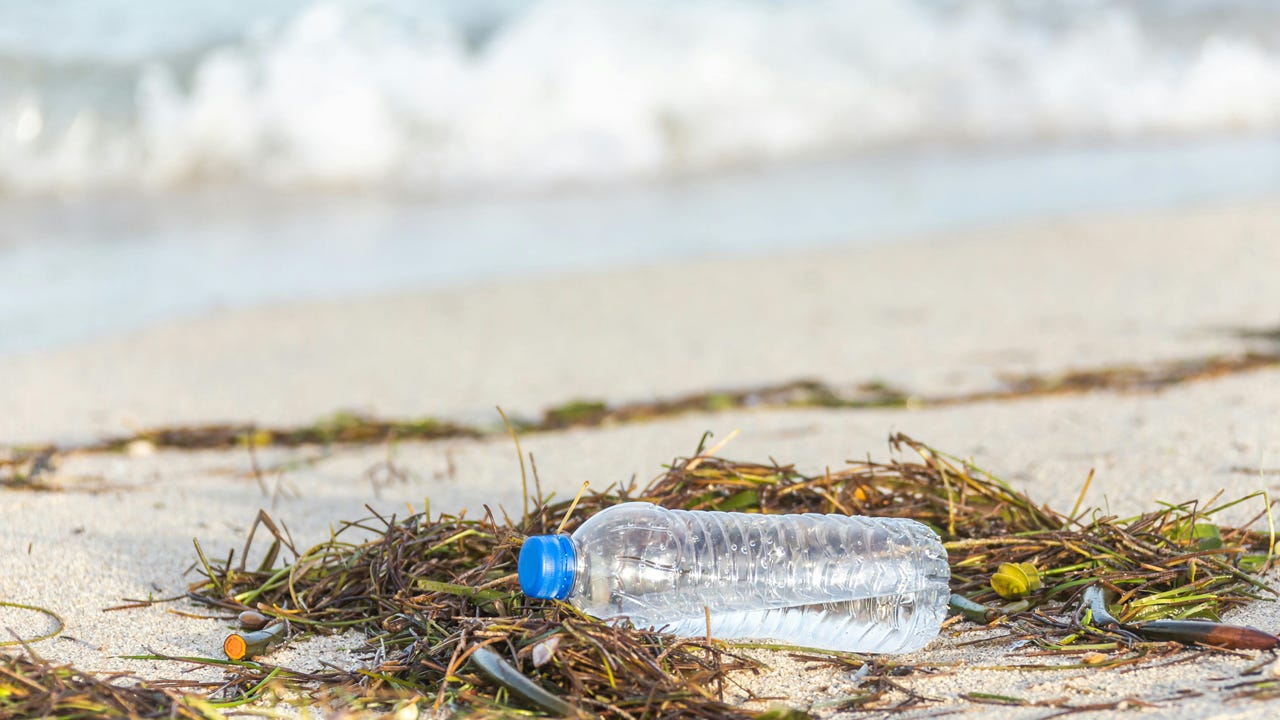Researchers tap deep learning to tackle microplastic pollution
AI could help revolutionise plastic cleanup with biodegradable solutions
#Saudi #microplastics – A multidisciplinary research team from Cornell University, King Saud University in Riyadh and North Carolina State University has developed an AI framework integrating biophysics and deep learning to discover biodegradable peptides for microplastic cleanup. The research combined a biophysics-based algorithm PepBD with EDL (Evidential Deep Learning) to design peptides that bind strongly to common plastics, taking a step toward n creating solutions for effective microplastic (MP) remediation.
SO WHAT? – Millions of tonnes of microplastics pose a significant global threat to both marine ecosystems and human health. One high potential solution to mitigate microplastic solution, is the use of biocompatible and biodegradable plastic-binding peptides (PBPs). Such peptides could help to absorb microplastics and/or remove them from the environment. However, discovering new plastic-binding peptides is a time-intensive endeavour and progress can be very slow. Deep learning techniques could dramatically speed such research up and increase effectiveness of peptide discovery, helping to provide a lifeline to ocean ecosystems.
Key points about this research:
A research team from Cornell University, King Saud University in Riyadh and North Carolina State University has integrated biophysics-based algorithm PepBD with EDL (Evidential Deep Learning) to discover biodegradable peptides that bind strongly to common plastics, which could be use for solutions to combat microplastic (MP) pollution in the ocean.
The new method may allow researchers to design plastic-binding peptides (PBPs) that outperform traditional methods in binding efficiency for polyethylene, polypropylene, and polystyrene. These peptides are naturally biodegradable, making them ideal for environmentally safe cleanup operations targeting microplastic pollution in marine and terrestrial ecosystems.
Compared to prior designs, peptides developed using this method showed up to 34% improved adsorption efficiency for certain plastics like polystyrene.
The AI framework evaluates binding strength and prediction confidence, optimising candidate peptides while minimising time and cost.
Potential uses for biodegradable peptides include embedding peptides in microbial biofilms for plastic degradation and incorporating them into sensors for microplastic detection.
The researchers approach can be scaled to address nanoplastic pollution, a pressing issue due to the high surface area and widespread environmental presence of these tiny pollutants.
According to co-author Dr. Abdulelah S. Alshehri, an assistant professor at King Saud University, the Gulf can't afford to ignore the vast scale of microplastic pollution. A recent study of Saudi Arabia suggests that the population consumes similar amounts of dietary microplastics in the United States, while recording ten times higher microplastic intake through inhalation.
Dr. Alshehri believes that there is an urgent need for strengthened local and region-wide measures to curb plastic pollution and safeguard human health.
Note: the research paper has been through the Royal Society of Chemistry peer review process and has been accepted for publication in Digital Discovery, which shares data-driven approaches to scientific discoveries.
ZOOM OUT – Microplastics are between 100nm and 5mm in size, which include primary (intentionally manufactured to be small) or secondary (degraded from larger plastics). There are also even smaller particles called nanoplastics (less than 100nm). To-date research shows that about 1,300 marine species have been found to ingest plastics and other research indicates that 60% of fish studied globally contain microplastics. Microplastics are thought to be present in every marine habitat.
LINKS
Download the research paper (Digital Discovery)



